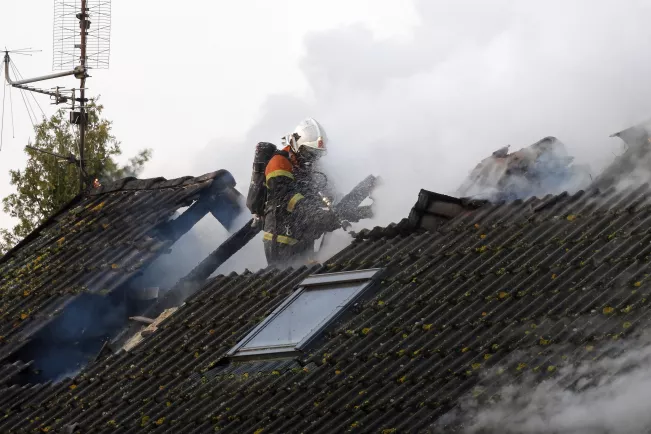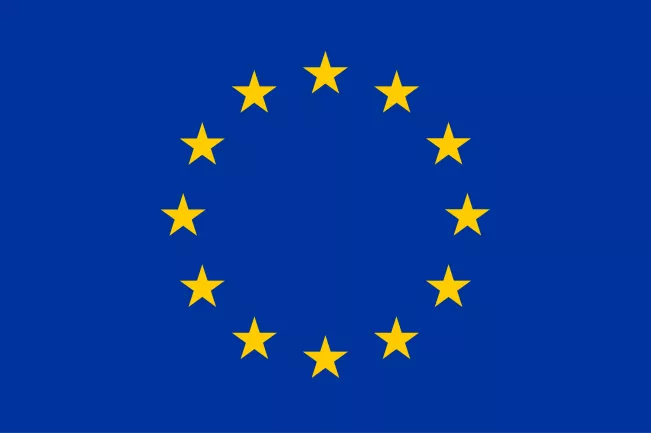Communications and Marketing
H-BRS develops system for detecting explosives
When firefighters or paramedics are called to an emergency, every second counts. The decision to enter a burning workshop to search for a missing person is often associated with a high risk, for example if unknown substances are found there. Harmless powder or explosive? The correct assessment must be made quickly and on a sound basis in order to minimise risks for first responders, victims and the general public. A research team at H-BRS is working to minimise this risk. The scientists at the Institute for Safety and Security Research (ISF) are developing a device that should make it possible in future to take a sample and assess whether a substance may be explosive or not.

Specifically, first responders in particular should benefit from this technical solution. These are units from the fire service or local aid organisations, for example, who are usually the first on the scene of emergencies: "Our aim is to enable first responders without special training or prior knowledge to quickly make a well-founded risk assessment in an emergency situation," says Professor Peter Kaul, head of the TeamUP project at H-BRS. By the end of the project in three years, the researchers want to develop a practical prototype and test it in exercise scenarios in collaboration with emergency services.
Together with H-BRS, 22 other European partners in the project are working on synchronised solutions for dealing with CBRN-E scenarios. In addition to the development of technical systems for recognising and monitoring hazardous substances, technology for monitoring the health of emergency personnel will also be developed and tested. TeamUP will also improve procedures for assessing the severity of injuries and decontaminating people, as well as for digital networking and coordination of operational planning and implementation. The project team also wants to help raise public awareness and make our society more resilient.

Co-funded by the European Union
TeamUP is funded by the European Union under project number 101121167. The views and opinions expressed are solely those of the author(s) and do not necessarily reflect those of the European Union or the European Research Executive Agency (REA). Neither the European Union nor the granting authority can be held responsible for them.
Kontakt

Location
Rheinbach
Room
G 133
Address
von-Liebig-Str. 20
53359, Rheinbach
Telephone
+49 2241 865 515
Pascal Schröder
Project management for the further development of the university website
Location
Sankt Augustin
Room
E 241
Address
Grantham-Allee 20
53757, Sankt Augustin
Telephone
+49 2241 865 9969